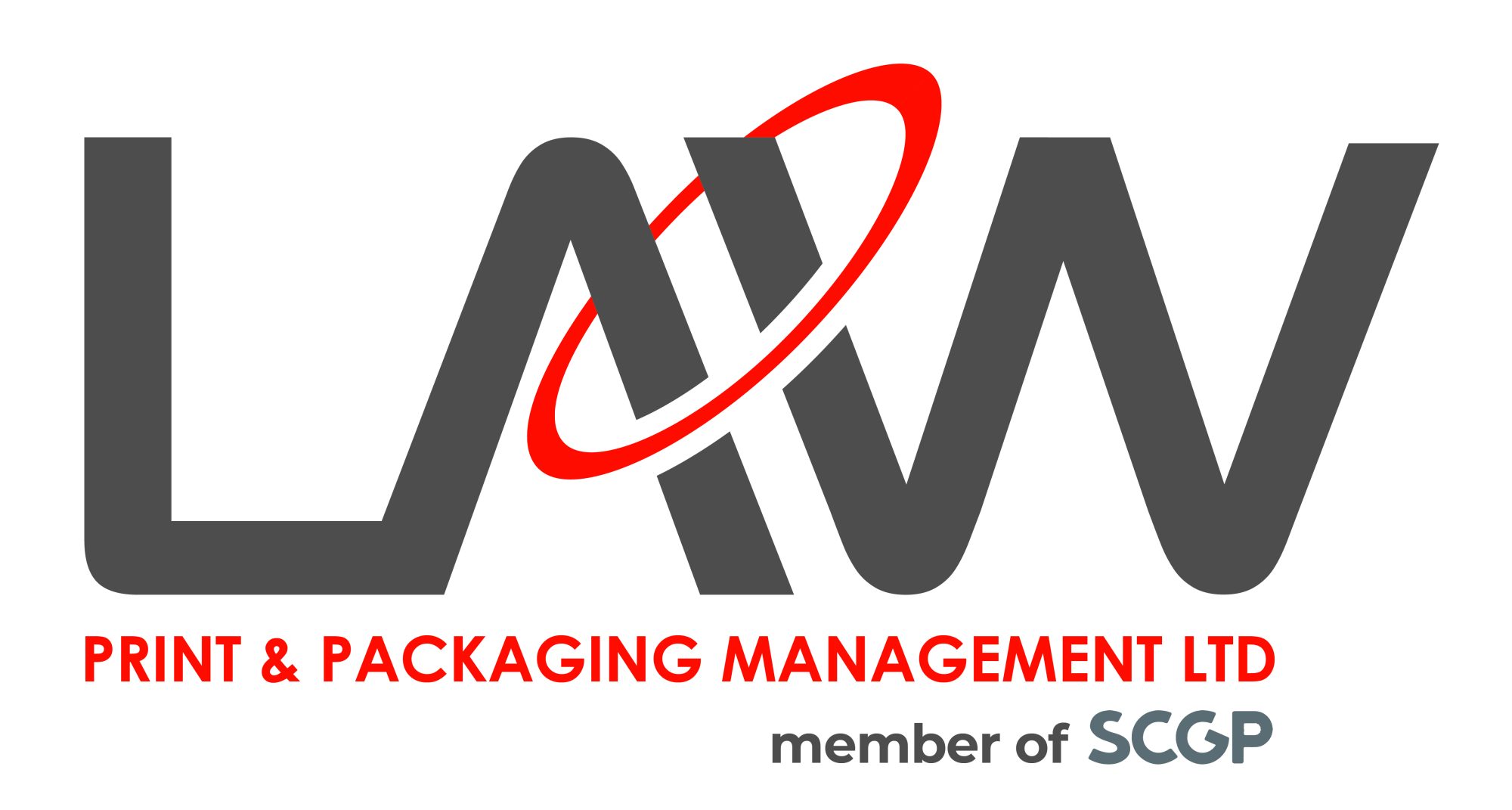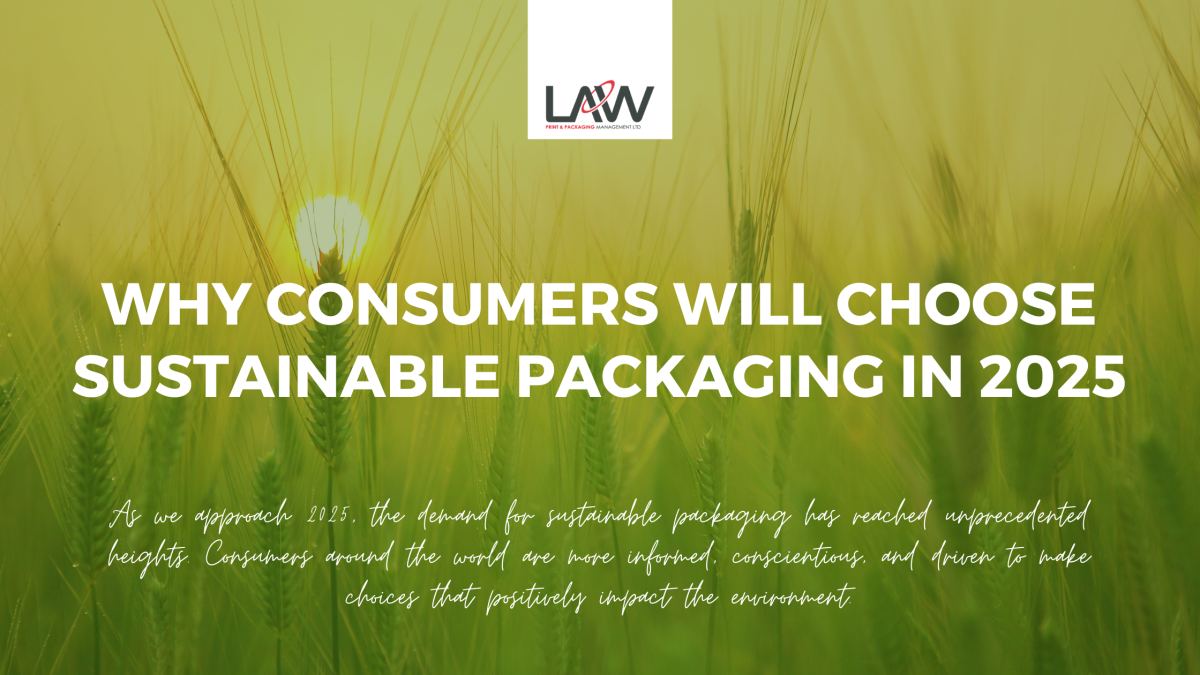As we approach 2025, the demand for sustainable packaging has reached unprecedented heights. Consumers around the world are more informed, conscientious, and driven to make choices that positively impact the environment.
This shift in consumer behaviour has become evident across numerous industries, from food and beverage to personal care products. But what is fueling this growing preference for sustainable packaging?
Here are some key factors driving the trend:
1. Environmental Awareness
One of the most significant reasons consumers gravitate towards sustainable packaging is increased environmental awareness. With the mounting evidence of climate change, plastic pollution, and resource depletion, many consumers feel responsible for minimising their environmental footprint. Sustainable packaging—whether it’s made from recycled materials, biodegradable, or reusable—allows them to make a tangible contribution to reducing waste and conserving resources.
A 2025 study showed that nearly 70% of consumers consider a brand’s sustainability efforts when making purchasing decisions. This means brands that offer eco-friendly packaging are in a stronger position to capture and retain customers who prioritize the planet.
2. Health and Safety Concerns
Consumers are becoming more mindful of the materials used in packaging, particularly in the food and beverage industries. Many non-recyclable plastics contain harmful chemicals that can leach into products, raising concerns about health risks. Sustainable packaging, often made from natural or safer materials, reduces the risk of exposure to harmful substances. For consumers prioritizing their health, the choice to opt for packaging that aligns with safety standards is a no-brainer.
Furthermore, there is a growing interest in avoiding single-use plastics and their potential health implications. Biodegradable packaging or those made from plant-based alternatives provide consumers with peace of mind, knowing their packaging choice is safer for their health and the environment.
3. Influence of Gen Z and Millennials
Millennials and Gen Z, who make up a significant portion of today’s consumer base, are driving the shift towards sustainability. These generations are hyper-aware of global challenges, from environmental degradation to social justice issues. As digital natives, they are exposed to vast amounts of information about the consequences of unsustainable practices, particularly through social media.
These younger consumers expect brands to share their values, and sustainable packaging has become a symbol of a brand’s commitment to a better future. They actively seek out companies that are transparent in their sustainability efforts and make conscious choices to support these businesses. For them, sustainable packaging isn’t just an option; it’s an expectation.
4. Government Regulations and Corporate Responsibility
Governments worldwide are tightening regulations on plastic usage and promoting environmental standards in packaging. Many countries are implementing bans on single-use plastics and offering incentives for companies to adopt sustainable packaging solutions. These regulatory shifts are creating a ripple effect, as businesses are being pushed to rethink their packaging choices to comply with laws and meet the expectations of increasingly eco-conscious consumers.
Moreover, businesses have recognized the importance of corporate social responsibility (CSR) in today’s market. Companies that lead with sustainability initiatives are building stronger relationships with their customers, boosting brand loyalty, and positioning themselves as industry leaders. In 2025, sustainable packaging is no longer just a competitive advantage but a necessity for maintaining consumer trust and meeting regulatory demands.
5. Aesthetic Appeal and Innovation
Sustainable packaging is no longer limited to bland, brown cardboard boxes. Advancements in technology and design have allowed brands to create beautiful, functional, and innovative packaging solutions that are also eco-friendly. From minimalist designs that reduce waste to creative packaging made from plant fibers or recycled ocean plastics, sustainability is merging with aesthetics.
Consumers are drawn to packaging that not only looks good but also tells a story. Eco-friendly packaging often conveys a message of care and innovation, which can enhance a brand’s appeal. In 2025, consumers are looking for products that reflect their values—and the packaging plays a key role in this decision.
6. Cost Considerations
Contrary to the perception that sustainable packaging is always more expensive, many eco-friendly options are becoming more affordable due to increased demand and advancements in manufacturing processes. As the costs of raw materials for traditional packaging rise and regulations make non-sustainable options less viable, many businesses are finding that switching to sustainable packaging makes economic sense.
Consumers, too, are willing to pay a premium for products with sustainable packaging. A Nielsen study from 2024 indicated that 55% of global online consumers are willing to pay more for products offered by companies committed to environmentally friendly practices. This trend shows no sign of slowing down in 2025, as the link between sustainability and value grows stronger.
If your brand wants to invest in quality packaging, we will guide you through the entire print process. In addition, we are providing recommendations along the way to improve efficiency, reduce costs and add untold value to the end product.
Contact us on +44 (0) 161 440 7302 or follow this link to complete our contact form – or, we’ll see you there!


